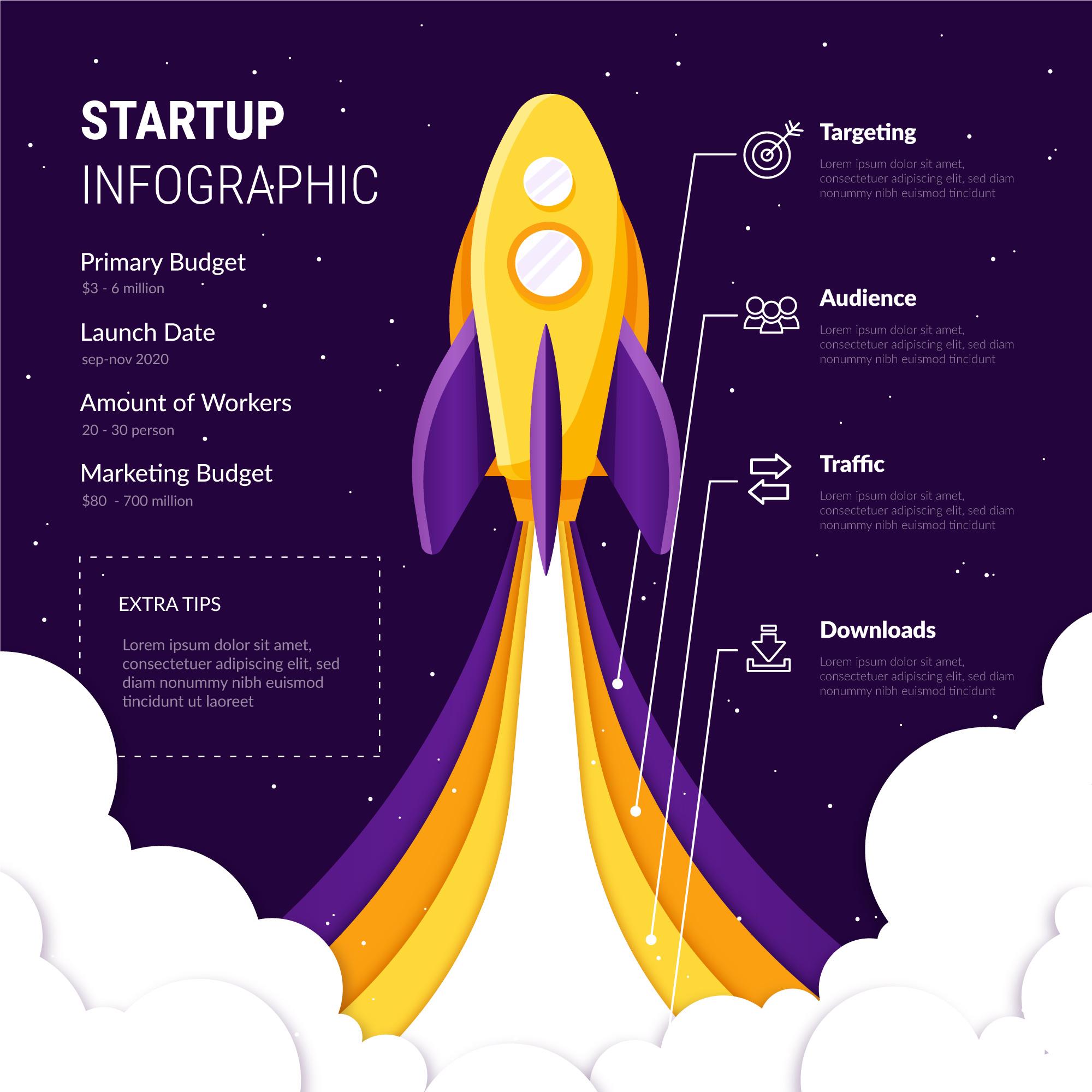Startups in 2025 — Build Like a Scientist, Sell Like a Storyteller

Founder Energy — A startup is a search for a repeatable, profitable model. Your advantage is speed and focus. Ship, measure, learn—then scale.
The Startup, De-Mystified
A startup isn’t a smaller version of a big company; it’s a learning machine. Your job is to turn uncertainty into systems: discovery → delivery → dollars. The toolchain matters, but the loop matters more.
This guide gives you a crisp path from zero to something customers will pay for—without drowning in ceremony.
1) Start Where the Pain Is
A startup exists to remove pain (or create delight so strong it feels like removing pain).
- Write a one-line pain thesis: “X struggles to do Y because Z; we make Y effortless.”
- Define your keystone action: the single user behavior that proves value (e.g., “deployed first project,” “shared a link,” “created invoice”).
- Commit to one ICP (ideal customer profile) for 30 days. Broad kills momentum.
If you can’t name the pain in one sentence, you don’t have a product—yet.
2) The Founder Loop (Weekly)
Build like a scientist:
- Hypothesis (1 sentence): “If we add one-click import, new users reach first value in < 5 minutes.”
- Experiment (1 sprint): ship the smallest version that falsifies the hypothesis.
- Measure (three numbers max): activation rate, time-to-value (TTV), and retention Day-7.
- Decision: scale, tweak, or drop.
The only bad experiment is the one you never run.
3) Product: Opinionated > Overbuilt
Start with a narrow, opinionated product. Depth beats breadth.
- Pick one core flow and make it frictionless.
- Prefer zero config defaults over wizard fatigue.
- Integrations? Only those that unlock money, time, or reach.
On Forgeon, that translates to:
- No-Git or Git intake → auto detect → build → deploy in one motion.
- Mini-RDS for sane databases (temp users, backups).
- Notifications and billing hooks when you’re ready to charge.
Ship rails, not scaffolding.
4) Go-To-Market: Sell Like a Storyteller
Stories scale attention. Use this simple script:
- Who it’s for: “Indie devs shipping B2B tools.”
- Where they hang out: 1–2 channels (forums, X, Slack groups).
- Why now: a shift that makes your product inevitable (AI, compliance, budgets).
- What changes: show before → after in a single image/GIF.
Cadence:
- 2 build posts/week (behind-the-scenes, metrics, lessons)
- 1 proof post/week (customer outcome or case study)
- Monthly playbook (how you solved a gnarly thing)
5) Pricing: Simple, Fair, Escapable
- One free path (time-boxed or capability-boxed).
- Two paid tiers (starter, pro) + talk to us for enterprise.
- Value meter tied to the keystone action (build minutes, users, invoices).
- Export & downgrade must be painless—trust compounds.
If customers fear lock-in, they won’t lock on.
6) Metrics That Actually Matter
Don’t boil the ocean. Track:
- Activation: % of signups that hit the keystone action in 24h.
- Time-to-Value: median minutes to first success.
- Retention: D7 / D30 for your primary use case.
- Cash: MRR, churn, and months of runway.
Everything else is decoration.
7) Funding: Lanes That Fit Your DNA
- Bootstrapped: own your time; grow by learning faster than you burn.
- Angels/Pre-seed: buy time to iterate; keep experiments lean.
- Revenue-first: sell early; your product learns from money.
Raising is not progress. Learning is progress. Revenue is proof.
8) Team of One (or Few): The Edge
Small teams move like lightning. Use it.
- Ruthlessly template ops (deploy, backups, certs, alerts).
- Automate repetitive support (canned replies + links to self-serve).
- Time-box decisions: 30 minutes decide, 3 days ship, 3 weeks evaluate.
Forgeon exists so a solo dev can wield infrastructure like a team:
- Intakes → builds → deploys in minutes.
- Domains & certs → automatic.
- Databases → provisioned, backed up, rotated.
- Events → observable (NATS), routable (notifications), billable (usage).
9) Launch Checklist (Founder Edition)
- [ ] Pain sentence & ICP defined
- [ ] One keystone action instrumented
- [ ] Signup → TTV path ≤ 5 minutes
- [ ] Pricing page live (even if hidden)
- [ ] “Export my data” path tested
- [ ] Status page + incident playbook
- [ ] 3 social posts queued + 1 case proof
- [ ] Support macros for top 5 questions
Ship. Listen. Tighten. Repeat.
10) Common Traps (And Exits)
- Feature creep → Exit: kill anything not on the keystone path.
- Bikeshedding → Exit: decide in 30 mins; the market is your reviewer.
- Vanity metrics → Exit: show activation/retention or it didn’t happen.
- Tool-building addiction → Exit: if it doesn’t touch users or dollars, pause.
The Startup Oath
I will choose a real pain, ship small and often, measure without mercy, and earn my way into the calendar of paying customers.
If that sparks something—good. Forgeon is your runway. Bring your repo or your zip file and let’s turn momentum into a product.
Founders create. Followers wait. Choose.